TOPIC 1: NUMBERS
We know that when we count we start 1,2 …. . But there are other numbers like 0, negative numbers and decimals. All these types of numbers are categorized in different groups like counting numbers, integers,real numbers, whole numbers and rational and irrational numbers according to their properties. all this have been covered in this chapter
JOIN US WHATSAPP CLICK HERE
JOIN US TELEGRAM CLICK HERE
Base Ten Numeration
Numbers are represented by symbols called numerals. For example, numeral for the number ten is 10. Numeral for the number hundred is 100 and so on.
The symbols which represent numbers are called digits. For example the number 521 has three (3) digits which are 5, 2 and 1. There are only tendigits which are used to represent any number. These digits are 0, 1, 2, 3, 4, 5, 6, 7, 8, and 9.
The Place Value in each Digit in Base Ten Numeration
Identify the place value in each digit in base ten numeration
When we write a number, for example 521, each digit has a different value called place value. The 1 on the right means 1 ones which can be written as 1 × 1, the next number which is 2 means tens which can be written as 2 × 10 and the last number which is 5 means 5 hundreds which can be written as 5 × 100. Therefore the number 521 was found by adding the numbers 5 × 100 + 2 × 10 + 1× 1 = 521.
Note that when writing numbers in words, if there is zero between numbers we use word ‘and’
Example 1
Write the following numbers in words:
- 7 008
- 99 827 213
- 59 000
Solution
- 7 008 = Seven thousand and eight.
- 99 827 213 = Ninety nine millions eight hundred twenty seven thousand two hundred thirteen.
- 59 000 = Fifty nine thousand.
Example 2
Write the numbers bellow in expanded form.
- 732.
- 1 205.
Solution
- 732 = 7 x 100 + 3 x 10 + 2 x 1
- 1 205 = 1 x 1000 + 2 x 100 + 0 x 10 + 5 x 1
Example 3
Write in numerals for each of the following:
- 9 x 100 + 8 x 10 + 0 x 1
- Nine hundred fifty five thousand and five.
Solution
- 9 x 100 + 8 x 10 + 0 x 1 = 980
- Nine hundred fifty five thousand and five = 955 005.
Example 4
For each of the following numbers write the place value of the digit in brackets.
- 89 705 361 (8)
- 57 341 (7)
Solution
- 8 is in the place value of ten millions.
- 7 is in the place value of thousands.
Numbers in Base Ten Numeration
Read numbers in base ten numeration
Base Ten Numeration is a system of writing numbers using ten symbols i.e. 0, 1, 2, 3, 4, 5, 6, 7, 8 and 9. Base Ten Numeration is also called decimal system of Numeration.
Numbers in Base Ten Numeration up to One Billion
Write numbers in base ten numeration up to one billion
Consider the table below showing place values of numbers up to one Billion.
| Billions | Hundred millions | Ten millions | Millions | Hundred Thousands | Ten Thousands | Thousands | Hundreds | Tens | Ones |
| 1 | |||||||||
| 1 | 0 | ||||||||
| 1 | 0 | 0 | |||||||
| 1 | 0 | 0 | 0 | ||||||
| 1 | 0 | 0 | 0 | 0 | |||||
| 1 | 0 | 0 | 0 | 0 | 0 | ||||
| 1 | 0 | 0 | 0 | 0 | 0 | 0 | |||
| 1 | 0 | 0 | 0 | 0 | 0 | 0 | 0 | ||
| 1 | 0 | 0 | 0 | 0 | 0 | 0 | 0 | 0 | |
| 1 | 0 | 0 | 0 | 0 | 0 | 0 | 0 | 0 | 0 |
If you are given numerals for a number having more than three digits, you have to write it by grouping the digits into groups of three digits from right. For example 7892939 is written as 7 892 939.
When we are writing numbers in words we consider their place values. For example; if we are told to write 725 in words, we first need to know the place value of each digit. Starting from right side 5 is in the place value of ones, 2 is in the place value of tens and seven is in the place value of hundreds. Therefore our numeral will be read as seven hundred twenty five.
Numbers in Daily Life
Apply numbers in daily life
Numbers play an important role in our lives. Almost all the things we do involve numbers and Mathematics. Whether we like it or not, our life revolves in numbers since the day we were born. There are numerous numbers directly or indirectly connected to our lives.
The following are some uses of numbers in our daily life:
- Calling a member of a family or a friend using mobile phone.
- Calculating your daily budget for your food, transportation, and other expenses.
- Cooking, or anything that involves the idea of proportion and percentage.
- Weighing fruits, vegetables, meat, chicken, and others in market.
- Using elevators to go places or floors in the building.
- Looking at the price of discounted items in a shopping mall.
- Looking for the number of people who liked your post on Facebook.
- Switching the channels of your favorite TV shows.
- Telling time you spent on work or school.
- Computing the interest you gained on your business.
Natural and Whole Number
Operations with Whole Numbers
Factors And Multiples Of Numbers
Integers




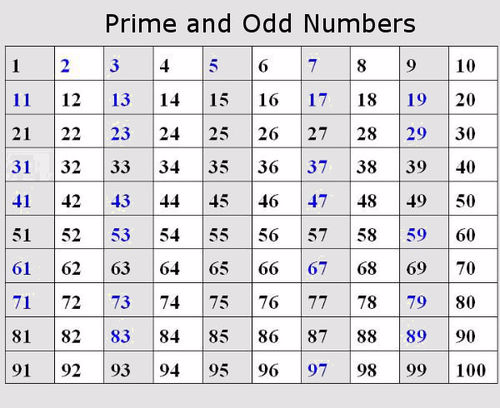
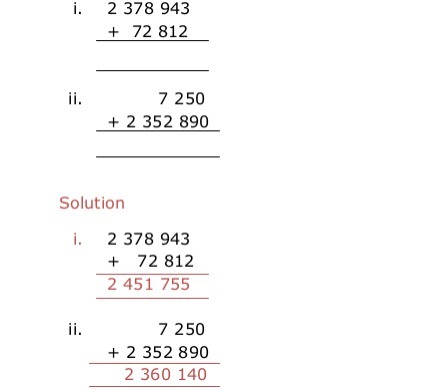
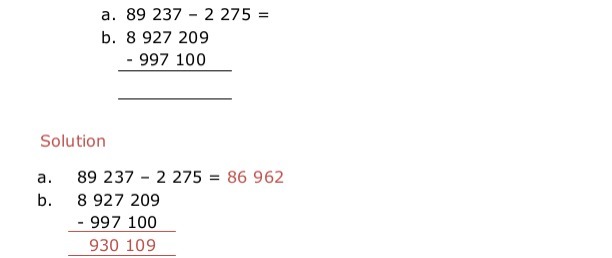
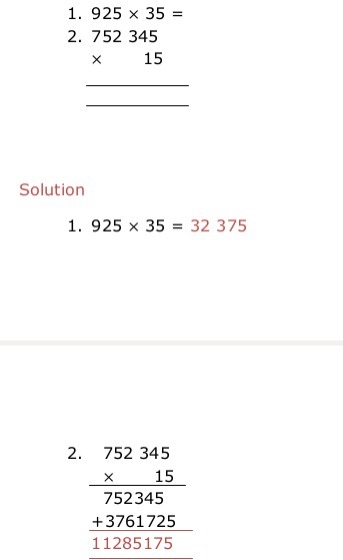
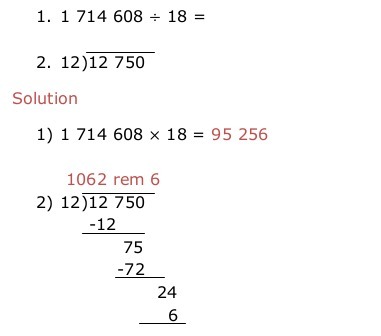


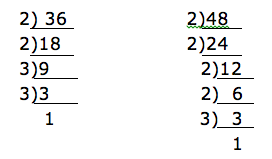
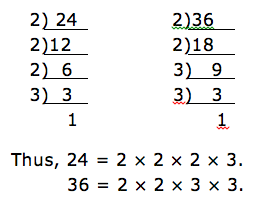




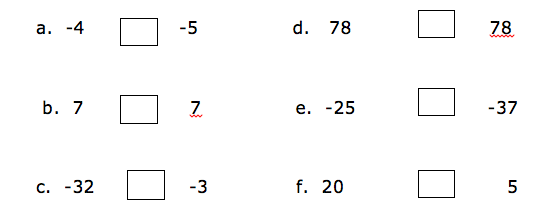
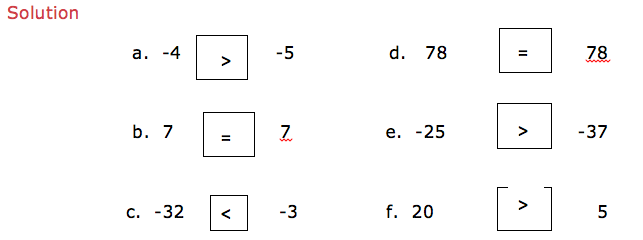
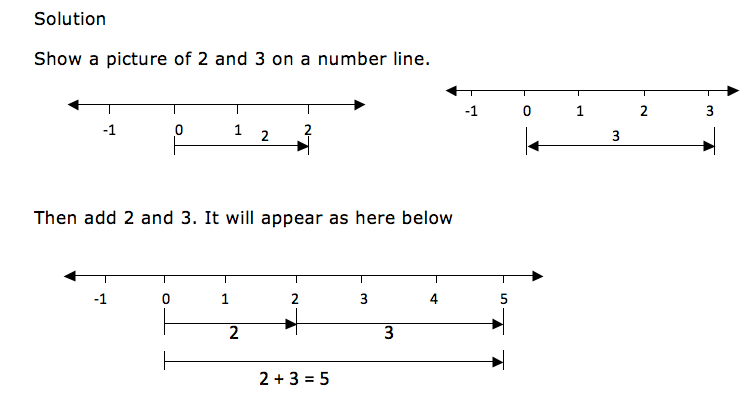


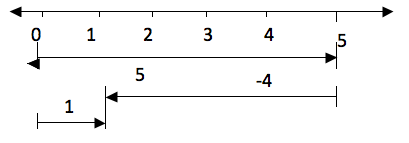
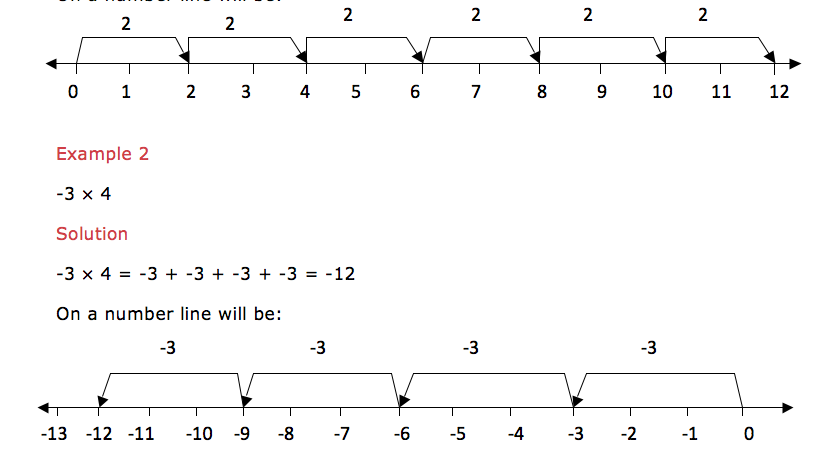
4 Comments
Well prepared
Well prepared
Good work
Excellent